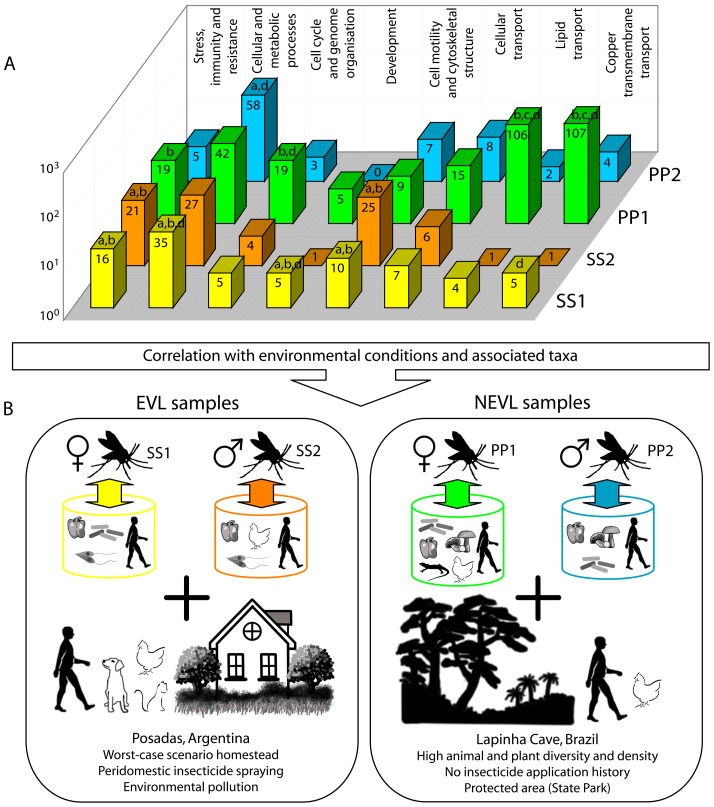Figure 2. Sand flies as environmental samples: expression profiles in EVL and NEVL sand flies correlated with environmental conditions and taxa previously identified in these samples.
This figure integrates data from the function categories identified in these wild EVL and NEVL sand flies with sampling site characteristics and taxa previously found in these same samples [22]. Figures are only schematic and not an exact representation of either the sampling sites, phlebotomine sand flies or identified taxa. A) Shows the function categories that the transcripts were assigned to in all the samples and the number of transcripts assigned to each function category for each sample. Values are expressed on a logarithmic scale and indicated for each sample on the corresponding bar. Significant differences in the number of transcripts in each category between samples (Fisher's Exact Test; p<0.05) are indicated as: a, significantly overrepresented with respect to PP1; b, significantly overrepresented with respect to PP2; c, significantly overrepresented with respect to SS1; and d, significantly overrepresented with respect to SS2. B) The top part shows a schematic of the sandflies (female or male) from both locations and of the taxa we previously identified in all four samples [22]. Barrels group the taxa found in each sample. Previously identified taxa in SS1: bacteria, protists, metazoans (human) and plants; SS2: protists, metazoans (human and chicken) and plants; PP1: bacteria, fungi, metazoans (human, chicken and lizard) and plants; and PP2: bacteria, fungi, metazoans (human) and plants. Taxa are represented schematically and the particular species identified for each taxonomical group are not shown, except in the case of metazoans. The bottom part shows the most significant ecological characteristics of both capture site locations in Argentina and Brazil, Posadas and Lapinha Cave, respectively. Only those animal species confirmed in the sampling sites in both locations at the time of sampling were represented schematically. EVL sampling site (Posadas, Argentina): human, dog, cat and chicken; NEVL sampling site (Lapinha Cave, Brazil): human and chicken. SS1 (indicated in yellow): EVL adult female Lu. longipalpis (Posadas, Argentina); SS2 (indicated in orange): EVL adult male Lu. longipalpis (Posadas, Argentina); PP1 (indicated in green): NEVL adult female Lu. longipalpis (Lapinha Cave, Brazil); PP2 (indicated in pale blue): NEVL adult male Lu. longipalpis (Lapinha Cave, Brazil).

